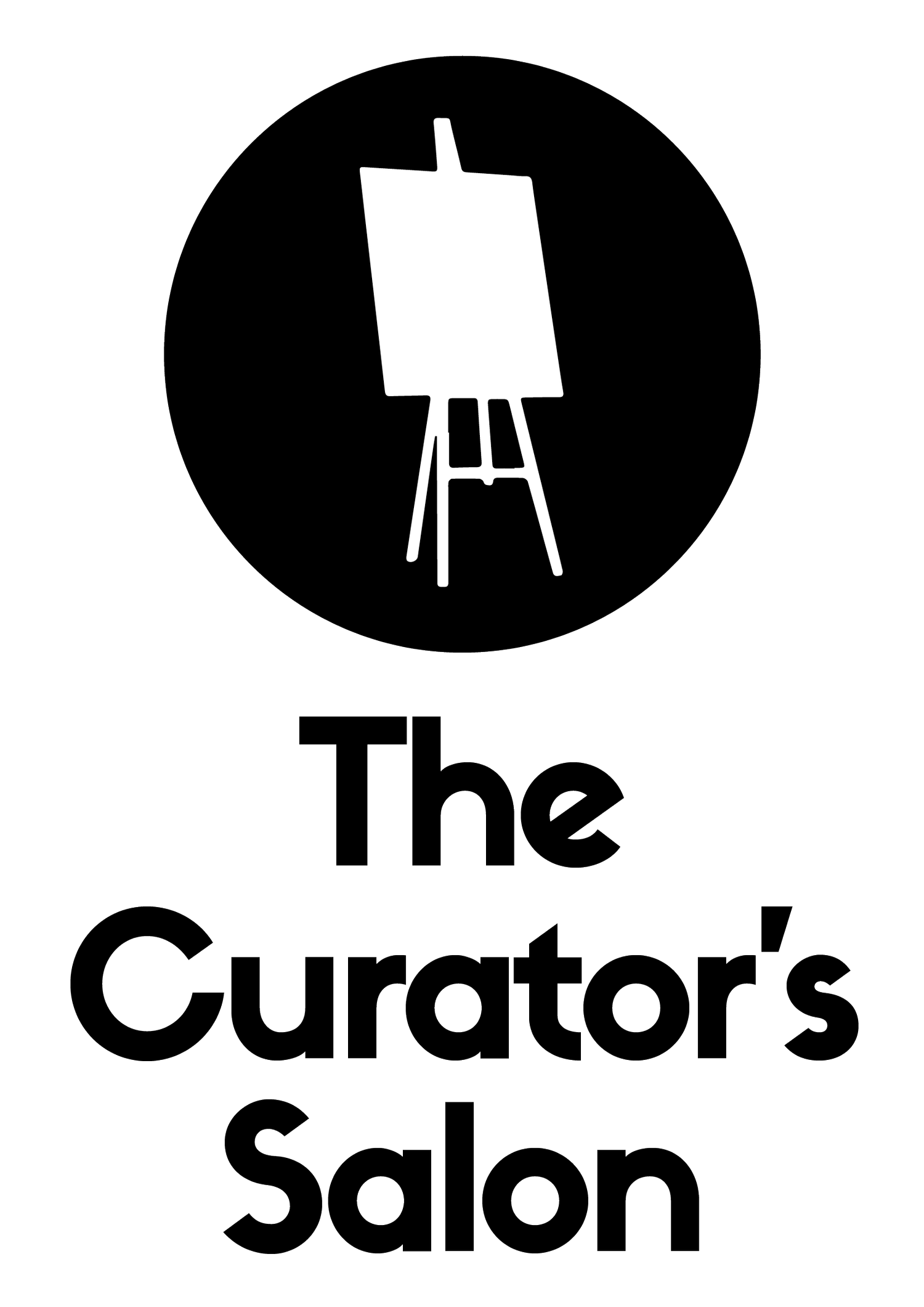Artists Own Exhibitions
There are many ways to have your own exhibition, but if you don’t have much exhibiting experience the idea can feel a little overwhelming at first. One option is to create or join an artist group or collective. Joining forces with other artists can allow you to share the workload, but also create momentum around the project.
If you are excited by the idea of having your own exhibition then first you want to design the concept for the show. What will you be showing. It may be a body of work you have already developed, or is in development.
If you are going to plan a group show with other artists then the concept or theme of the show should naturally have a thread that connects the work of all the exhibitors.
Once you have come up with a concept for your show, and identified the common thread that runs through the work of all the participants, you should consider a title. Exhibition titles can also come from the title of an individual piece of work you are showing, or the title of the body of work you are presenting.
Next comes the exhibition statement. This is a short piece of text that gives context to the visual work we will be seeing at your exhibition. It gives the visitor a handle on what to expect and how to interpret the work they see on display.
This statement will also act as the foundation of your marketing material when you get to that stage.
Now you know what your show is about and what you plan to present, it’s time to start looking for a venue to host your exhibition. This can anything from a gallery rental, a disused retail space, hospitality spaces such as coffee shops, restaurants or hotels, public spaces such as libraries and leisure centres.
When enquiring with a possible venue, keep in mind the timing. How much time do you need to prepare for your exhibition, perhaps you need to factor in time to get your work framed and delivered, and you should also allow time to market and promote your exhibition before it opens. Usually the timeline may be dictated by the availability of the venue for your exhibition, so all these elements come into play when planning your own exhibition.
When it comes to marketing your exhibition it can be fun to share the development of the project. To make this easier for yourself, I would suggest you start documenting with photographs and video as soon as you can. You do not need to share your videos and photos until you reach the marketing stage of your show, but having a bank of footage that you can easily share on social media will mean you never struggle to find something to say. Taking your social media audience along on the journey of the exhibition development creates engaging content and can mean more visitors when you finally open the doors to your show.
Also remember to engage your mailing list when promoting your event. It is not enough to simply tell people that your exhibition is open for visitors. Instead, give them a heads up a few weeks prior so they can get it scheduled in the diary, take them along on the journey of the development of the show with regular updates, and send a reminder even after your opening night so they know it is still possible to visit for the remainder of the show.
If you want to learn more about putting on your own art show, click here https://yourownartshow.com/
